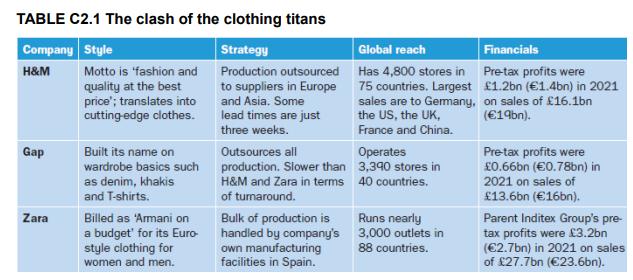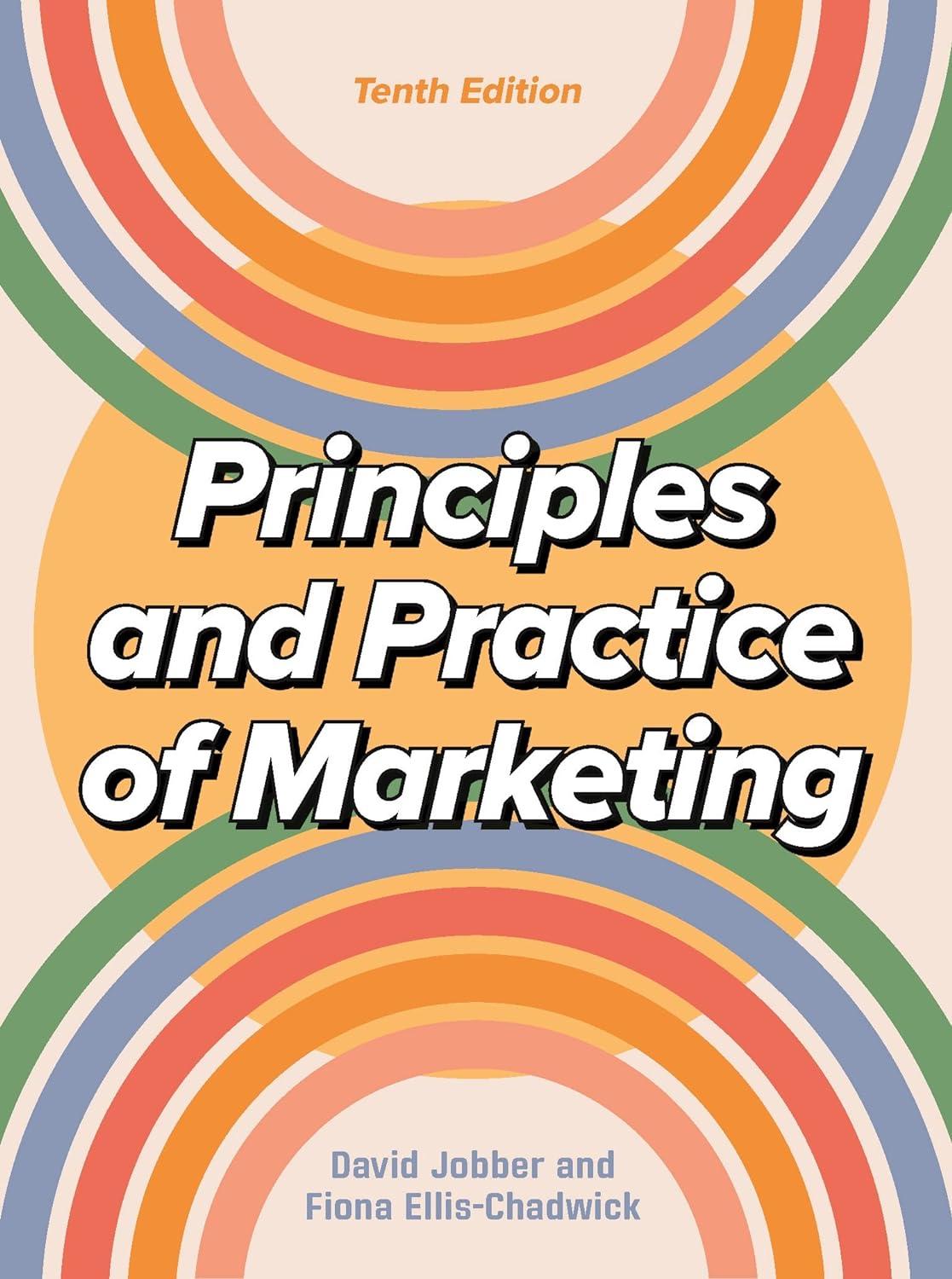Stefan Persson, chairman of Swedish retailer Hennes & Mauritz (H&M), vividly remembers his companys first attempt at
Question:
Stefan Persson, chairman of Swedish retailer Hennes & Mauritz (H&M), vividly remembers his company’s first attempt at international expansion. It was 1976, the year H&M opened its London store in Oxford Circus. ‘I stood outside trying to lure in customers by handing out Abba albums,’ he recalls with a wry laugh. Persson, then 29, son of the company’s founder, waited for the crowds. And waited. ‘I still have most of those albums,’ he says.
But Stefan is not crying over that unsold vinyl. In a slowing global economy, with lacklustre consumer spending and retailers across Europe struggling to make a profit, H&M’s pre-tax profits were £1.2 billion (€1.4 billion) in 2021 on sales of £16.1 billion (€19 billion). At current sales levels, the chain is the second largest apparel retailer in Europe after Zara. This is not just a store chain; it is a money-making machine. Table C2.1 compares H&M with Gap and Zara, its closest rivals.

Marketing at H&M
If you stop by its Fifth Avenue location in New York or check out the mothership at the corner of Regeringsgatan and Hamngatan in Stockholm, it’s easy to see what’s powering H&M’s success. The prices are as low as the fashion is trendy, turning each location into a temple of ‘cheap chic’. At the Manhattan flagship store, mirrored disco balls hang from the ceiling, and banks of televisions broadcast videos of the body-pierced, belly-baring pop princesses of the moment. On a cool afternoon in October, teenage girls in flared jeans and with two-tone hair mill around the ground floor, hoisting piles of velour hoodies, Indian-print blouses and patchwork denim skirts–each £16 (€18) or less. (The average price of an H&M item is just £10 (€12).) This is not Gap’s brand of classic casuals or the more grown-up Euro-chic of Zara. It’s exuberant, it’s over the top and it’s working. ‘Everything is really nice– and cheap,’ says Sabrina Farhi, 22, as she clutches a suede trench coat she has been eyeing for weeks........
Questions
1. To what extent is H&M market orientated? What evidence is there in the case to support your view?
2. What is the basis of the customer value H&M provides for its customers?
3. What are the marketing benefits to H&M of commissioning Karl Lagerfeld, Stella McCartney, Matthew Williamson and others to design limited-edition clothing ranges?
4. What benefits does digitization bring for H&M and its customers?
5. Do you consider the marketing of disposable clothes contrary to societal welfare? Justify your opinion.
Step by Step Answer:

Principles And Practice Of Marketing
ISBN: 9781526849533
10th Edition
Authors: David Jobber, Fiona Ellis-Chadwick





